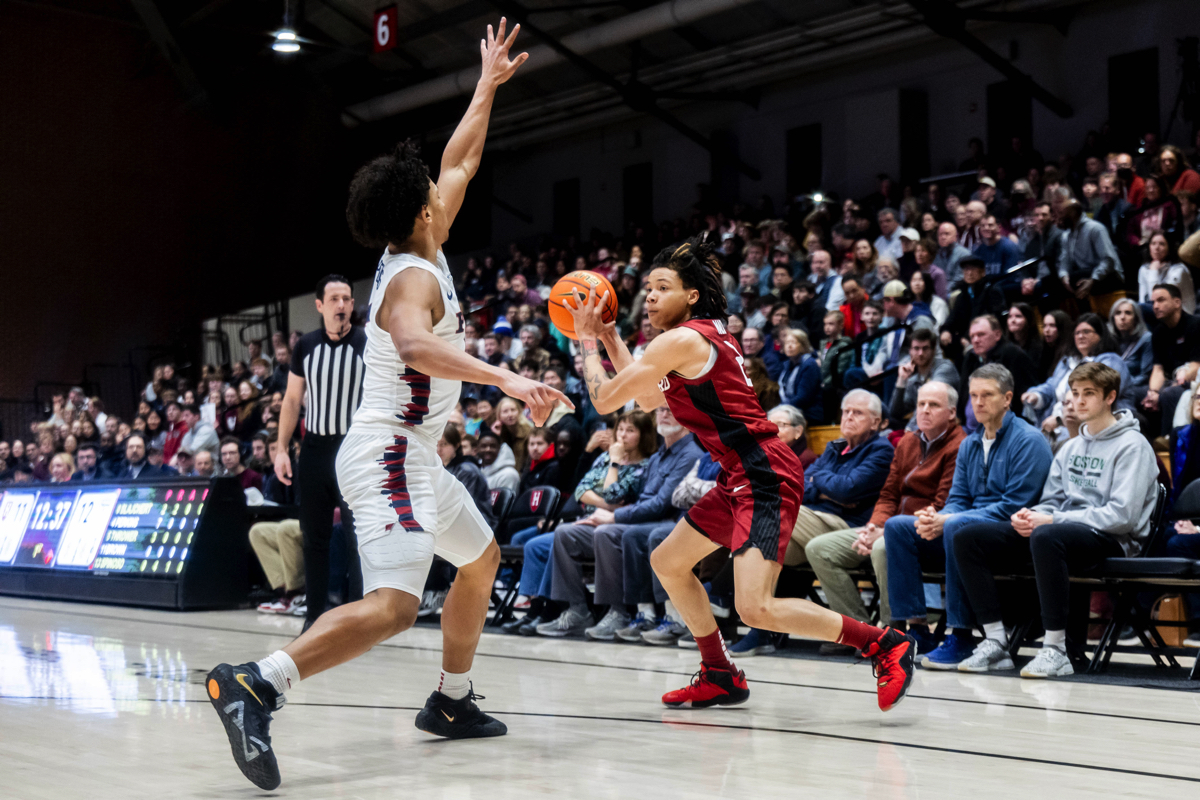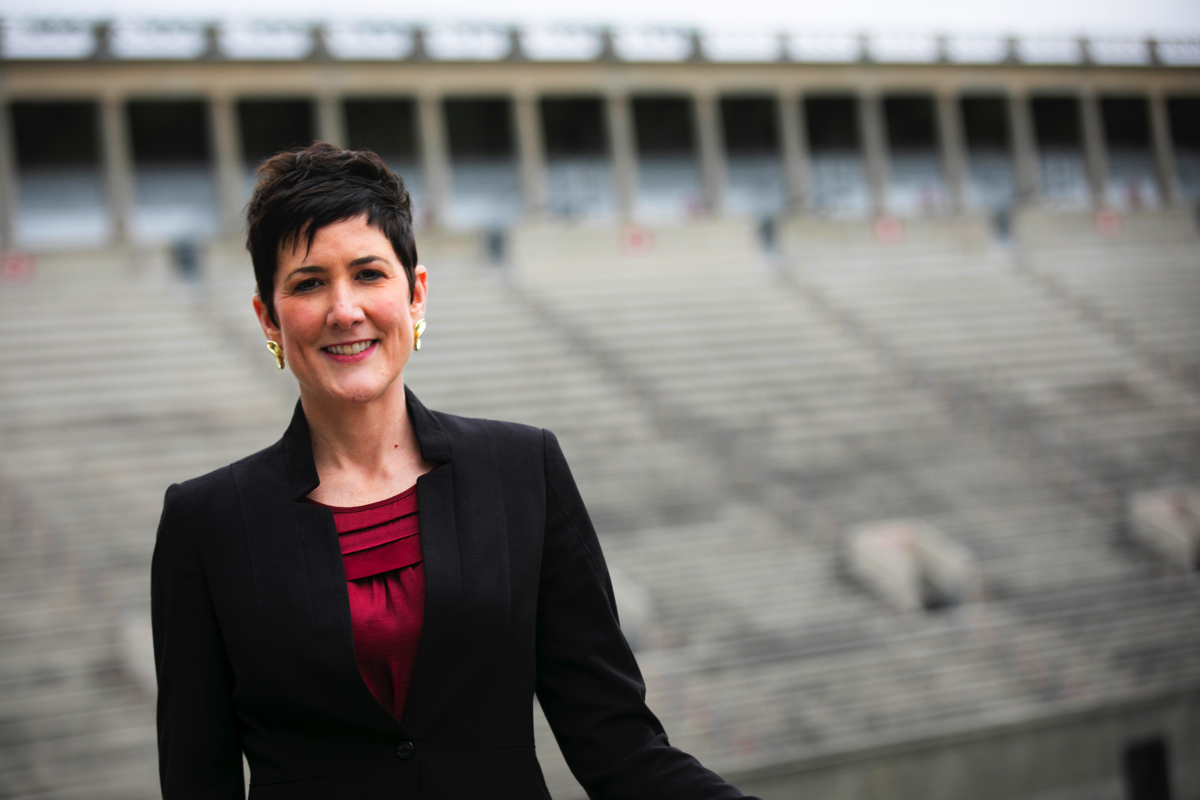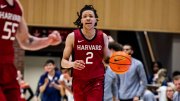During the last two weekends, madness descended on basketball courts around the country. But while teams battled for the college basketball national championship, even more madness is taking place behind the scenes. In 2021, a pair of NCAA rule changes allowed student-athletes to transfer freely through a process akin to professional free agency—and to play for their new teams immediately, rather than having to sit out a year. Moreover, they are now eligible to make money from licensing their own name, image, and likeness (NIL). So now, rather than concentrating solely on midterms and mid-range shots, basketball stars (and athletes from three other major sports) can strategize about entering the “transfer portal,” negotiating the financial incentives for moving, and contemplate donning a new school’s colors the next season without penalty.

Last week, Harvard was thrust into this new world of college athletics when the Crimson’s star freshman point guard, Malik Mack '27, entered the transfer portal. One industry insider guessed that the Ivy League Rookie of the Year could make $250,000 through endorsements and alumni support at another school, according to The Washington Post’s Jesse Dougherty. Mack, who did not respond to a request for comment, has not publicized why he entered the portal, though his father told the Post that Mack has not made any NIL money at Harvard. [Update May 1, 2024: ESPN reported yesterday that a second Crimson player, Chisom Okpara ’26, a leading scorer last season, had entered the transfer portal. Mack announced in mid-April that he was transferring to Georgetown University.]
Nichols Family director of athletics Erin McDermott describes the new college sports landscape as “a real-time experiment.” When NIL regulations changed three years ago, she expected that students would appear in corporate advertisements and monetize their social media posts. But she says few people anticipated a second facet of NIL: collectives.

These groups, operating independently from a university, pool donor money to pay athletes. The payments, she says, are nominally tied to selling an athlete’s NIL (through autograph sessions or speaking engagements) and are required to be “market-rate.” But since the market is so new, she says, “market rates have been whatever somebody is willing to pay, so it got very unwieldy very quickly.” (The University of Tennessee’s NIL collective, for example, signed a quarterback recruit to an $8.1-million NIL contract in 2022.)
While star players can cash in through such collectives at many major schools, Ivy athletes don’t reap similar benefits: there are no Ivy League collectives. These groups are not banned, but the league prohibits its schools from aiding their formation, McDermott says. “The Ivy League is the group that has implemented Name, Image, and Likeness exactly as it was intended,” she continues.
Harvard provides some support for students pursuing NIL sponsorship deals, partnering with a platform called INFLCR where athletes can download game film for personal promotion. Though it does not help them arrange sponsorship deals, the athletics department does connect students with attorneys and financial aid officers to ensure athletes understand the contracts and their implications for Harvard-funded aid packages.
To McDermott, NIL collectives seem inconsistent with Harvard’s athletic philosophy. Donors, she says, “can’t get aligned with this idea of basically paying student-athletes.” Opting to attend Harvard as a student-athlete, she continues, “is more like a 40-year decision, not just a four-year decision,” pointing to the rigorous curriculum and robust alumni network. A Harvard degree is obviously valuable, but NIL deals represent “real money, and that can be very significant for people,” she says. “Weighing those things is tough for someone in this age bracket.”
McDermott fears that a pay-for-play model would incentivize student-athletes to shirk academic and extracurricular commitments, instead focusing exclusively on their sport. She says Harvard student-athletes should not be “primarily focused on being an athlete,” a mindset reflected in the fact that the athletics department avoids “getting involved with classes they take or the concentrations that they focus on.”
Without a wealthy NIL collective to support athletics, the University might lose out on top recruits. But McDermott is not worried about Harvard’s ability to succeed athletically. “We will continue to be highly competitive…within the Ivy League,” she says. And outside the league, “We’ve been able to [compete] in the past, and I think it’s about finding ways to continue doing that without compromising who we are.”
Although the new NIL rules offer students significant compensation, they may not dramatically shake up Ivy League recruiting. Ivy institutions do not offer athletic scholarships, so Harvard recruits who do not qualify for the College’s free attendance for students from families with incomes below $85,000 already had financial incentive to look elsewhere. McDermott says that being slow to adapt to the new college athletics landscape may actually benefit Harvard. The Ivy League is not expanding as the Power Five conferences are, and the Ivy League’s conference matches are a bus ride away rather than a transcontinental flight. “I really think as much as it may seem like we are at a disadvantage, that we are truly in a position of strength,” she says.
Malik Mack’s entry into the transfer portal represents Harvard’s first foray into the national NIL competition. Although McDermott guesses he won’t be the only Harvard athlete to explore sponsorship opportunities elsewhere, she does not anticipate a flood of future transfer inquiries. As NIL exploration becomes a standard part of the recruiting process, incoming student-athletes will be more aware of the immediate revenue opportunities—or lack thereof—that their university provides. “I think there'll be less of this potentially looking to leave once you get here,” she says, perhaps hopefully, “because…deciding to come, you kind of know what you’re signing up for.”









